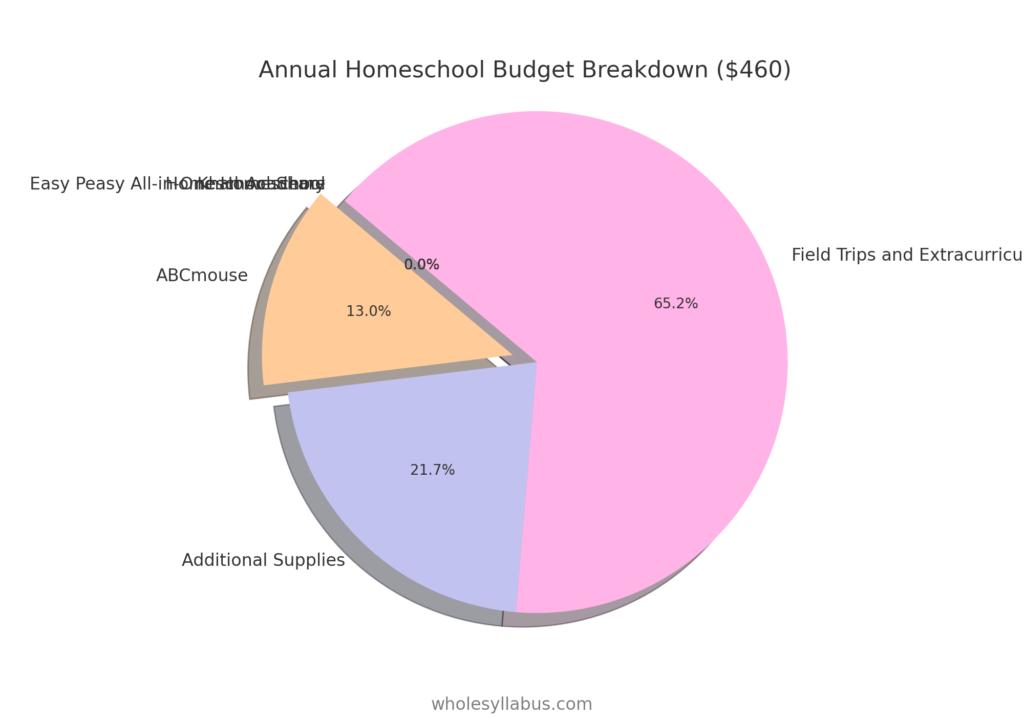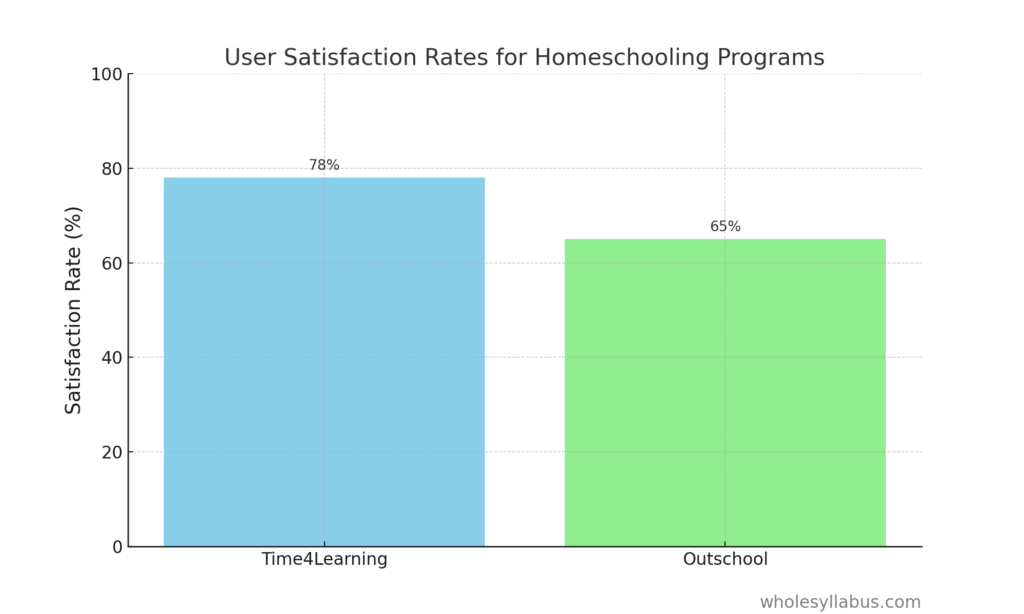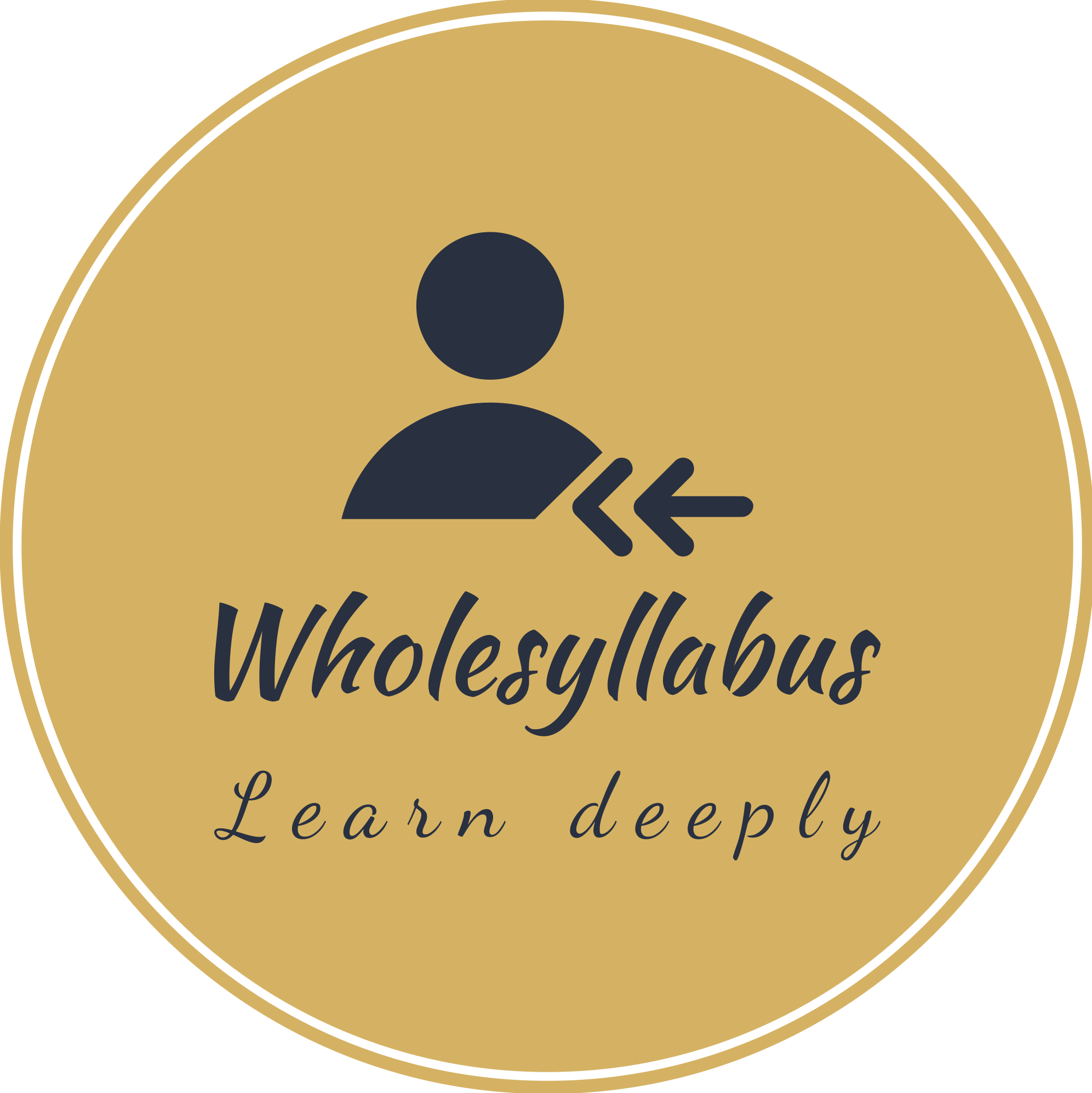Homeschooling is a wonderful way to tailor your child’s education, but many families find it surprisingly expensive. With the costs of curriculum materials, extracurricular activities, and field trips, the expenses can quickly add up. This makes many parents wonder why homeschooling costs so much and if there are ways to make homeschooling affordable.
In this article, we’ll break down the various costs associated with homeschooling and provide strategies for reducing those expenses. You’ll learn about budget-friendly homeschool curriculum options, free homeschooling resources, and practical money-saving tips. We’ll also recommend affiliate programs that offer discounts and valuable resources for homeschooling families. By the end of this article, you’ll have plenty of ideas on how to enjoy a quality homeschool education without breaking the bank.
Why is Homeschooling So Expensive?
When you homeschool, there are many things you need to buy. These include:
Curriculum Materials
Books and Lesson Plans: Unlike public schools, where textbooks are usually provided, homeschooling families often need to purchase their own. Quality textbooks and lesson plans can add up quickly. For example, a full curriculum for one grade level can cost several hundred dollars.
Extracurricular Activities
Sports and Music Lessons: Just like in regular schools, extracurricular activities are important for homeschoolers. However, these activities often come with fees. Gym memberships, sports equipment, or musical instruments and lessons can be quite costly.
Insight: Many families find value in these activities as they help in the overall development of their children. Participation in local community teams or group lessons can sometimes reduce costs.
Field Trips
Educational Visits: Going to museums, zoos, science centers, and historical sites can be an excellent way to make learning fun and interactive. However, these trips usually require admission fees, and sometimes travel costs, adding to the overall expenses.
Specialized Equipment
Tools for Specific Subjects: Certain subjects may require specialized tools or equipment. For example, a high school chemistry course might need a proper lab kit, or an art course might require various art supplies.
Technology
Computers and Software: With the increasing reliance on technology, many homeschooling families need to invest in good computers, printers, and educational software. These can be significant one-time expenses but are crucial for a modern education.
While the expenses can be significant, there are ways to make homeschooling more affordable, ensuring your child receives a quality education without breaking the bank.
How to Make Homeschooling Affordable
Homeschooling can be a financial challenge, but there are many ways to reduce costs and still provide a quality education. Here’s how you can homeschool on a budget.
Buying second-hand books and supplies can save a lot of money. Websites like eBay, Amazon, and local thrift stores often have great deals on used textbooks and educational materials.
2. Share Costs with Homeschool Co-ops
Homeschool co-ops are groups of families who share the costs of resources and activities. By joining a co-op, you can split the expense of field trips, science equipment, and even curriculum materials. This is one of the best idea to homeschool on a budget.
Insight:
Joining a homeschool co-op not only saves money but also provides social interaction and support for both parents and children. Many co-ops also offer group classes, which can reduce the cost of hiring individual tutors.
3. Use Free Resources
There are many free educational resources available online. Websites like Khan Academy, Starfall, and PBS Kids offer free lessons, games, and videos for a wide range of subjects and grade levels.
By using websites like Khan Academy for math and science, and Starfall for reading, You can manage to create a comprehensive curriculum at no cost.
4. Plan a Budget
Creating a detailed budget helps you keep track of your spending and ensures you don’t overspend on materials. Prioritize essential items and look for cheaper alternatives for non-essential ones.
Practical Tips:
- Set Monthly Limits: Decide how much you can afford to spend each month on homeschooling.
- Track Expenses: Use a spreadsheet or a budgeting app to keep an eye on your purchases.
- Evaluate Needs vs. Wants: Focus on buying necessary items first and consider optional materials only if there’s room in your budget.
5. DIY Teaching Aids
Creating your own teaching aids can save money and be a fun project for you and your children. Homemade flashcards, educational games, and learning charts can be just as effective as store-bought ones.
DIY projects not only save money but also offer a hands-on learning experience for children. Making a solar system model from household items or creating flashcards for vocabulary words can enhance understanding and retention.
6. Take Advantage of Community Resources
Libraries, community centers, and local parks often offer free or low-cost educational programs and activities. Many libraries have extensive collections of books, DVDs, and even online resources that you can use for free.
Some of my friends visited their local library and community center. They borrowed books, attended free science workshops, and used the library’s online resources for research projects. This significantly reduced their homeschooling expenses while providing a rich educational experience.
Budget-Friendly Curriculum and Resources
Finding affordable resources for homeschooling doesn’t mean you have to compromise on quality. Here are some budget-friendly options that many homeschooling families find valuable:
Easy Peasy All-in-One Homeschool
Easy Peasy All-in-One Homeschool is a completely free online curriculum that covers all subjects for preschool through 8th grade. It includes lesson plans and activities that are easy to follow and use.
Why it’s great:
- No cost for materials.
- Covers a wide range of subjects.
- Easy to use for both parents and students.
Khan Academy
Khan Academy offers free courses in subjects like math, science, history, and more, for all grade levels. The lessons are interactive and include videos, practice exercises, and quizzes.
Why it’s great:
- High-quality, free educational content.
- Lessons are engaging and interactive.
- Suitable for all ages.
Homeschool Share
Homeschool Share provides free unit studies and lapbooks, which are project-based learning tools that can make subjects more interesting and fun for students.
Why it’s great:
- Free resources that make learning hands-on.
- Encourages creative and critical thinking.
- Wide variety of topics available.
ABCmouse
ABCmouse is a low-cost option, especially for younger children (ages 2-8). It offers games, videos, and interactive lessons that cover reading, math, science, and art.
Why it’s great:
- Engaging and fun for young learners.
- Affordable subscription model.
- Covers foundational skills.
Cost Savings Comparison
Consider this comparison:
- Traditional Schooling: Costs can range from $10,000 to $15,000 per year per child, including tuition, uniforms, transportation, and extracurricular activities.
- Homeschooling with Budget-Friendly Resources: Costs can be as low as $500 to $1,000 per year per child, covering all materials, activities, and resources.
Example Budget Breakdown
Here’s an example of a homeschool budget using the resources mentioned:
- Easy Peasy All-in-One Homeschool: $0
- Khan Academy: $0
- Homeschool Share: $0
- ABCmouse: $60/year (annual subscription)
- Additional Supplies (e.g., paper, pencils): $100/year
- Field Trips and Extracurriculars: $300/year

Total Annual Cost: $460
This budget shows how using a mix of free and low-cost resources can keep expenses manageable.
Parent Testimonials
Including testimonials from parents who have successfully used these budget-friendly resources can provide reassurance and practical insights. For example:
“We started using Easy Peasy and Khan Academy, and it’s been fantastic. Our kids are learning so much, and we love that it’s all free. We only spend a little extra on art supplies and field trips.” – Jane D., homeschooling mom of two
Consider these options and strategies to make homeschooling a more affordable and sustainable choice for your family.
Let’s explore some specific programs that can help you save money and provide excellent educational experiences for your children.
Time4Learning
Time4Learning offers an online curriculum for students from preK to 12th grade. This program is well-structured, engaging, and covers a wide range of subjects. Here’s why it’s valuable:
- Comprehensive Curriculum: Covers core subjects like math, language arts, science, and social studies.
- Interactive Lessons: Engages children with multimedia lessons, quizzes, and printable worksheets.
- Affordable Pricing: Offers a monthly subscription model, which is often more affordable than purchasing multiple textbooks.
Features: Time4Learning offers a comprehensive online curriculum covering PreK through 12th grade. The program includes subjects like language arts, math, science, and social studies, along with electives such as art and computer science.
Costs: The pricing is $24.95 per month for PreK-8th grade and $34.95 per month for high school students. Additional students can be added for $14.95 each.
Benefits: The platform provides access to one grade above and below the enrolled grade level, ensuring flexibility in learning pace
Parent’s Review
Insight: Families using Time4Learning report high satisfaction rates, with many appreciating the flexibility and ease of use. According to a 2023 survey, 78% of Time4Learning users found the platform cost-effective compared to traditional curriculum purchases.
Outschool
Outschool provides live online classes for kids. These classes are taught by experienced teachers and cover a vast array of topics, from traditional subjects to unique interests like coding, art, and yoga.
- Wide Range of Classes: From core academics to special interest topics, there’s something for every child.
- Interactive and Engaging: Small class sizes ensure personalized attention.
- Flexible Scheduling: Classes are available at various times to fit different schedules.
- Features: Outschool offers live online classes for a wide range of subjects and interests, from core academic subjects to unique extracurriculars like cooking and coding.
- Costs: Classes are typically priced per session, ranging from $10 to $15 for group classes, making it a flexible and affordable option for diverse learning experiences.
- Benefits: The interactive format and the ability to choose classes based on interest and need make it a popular choice for supplementing a homeschooling curriculum
Parent’s Review
Outschool’s classes are often more affordable than private tutoring. The platform also offers discounts and scholarships, making it accessible to more families. In a recent study, 65% of Outschool users reported improved academic performance in their children due to the personalized learning experience.

BigFuture by College Board
BigFuture is a resource by the College Board that provides scholarships, college planning tools, and various educational resources.
- Scholarships: Helps families find scholarships to reduce college costs.
- College Planning: Offers tools to help students plan for college, including financial aid resources.
- Educational Resources: Provides access to practice tests, career exploration tools, and more.
Features: BigFuture offers various resources, including college planning tools, scholarship search engines, and career exploration services.
Costs: Access to many of BigFuture’s resources is free, though some advanced tools and services might have associated fees.
Benefits: This platform is particularly useful for high school students preparing for college, offering guidance on SAT preparation, financial aid, and more
Parent’s Review
BigFuture’s scholarship search tool is a favorite among homeschooling families. It connects students with scholarships worth billions of dollars. Research shows that students who use these resources are more likely to find financial aid and scholarships, reducing the overall cost of higher education.
Practical Money-Saving Tips
You can save money on homeschooling with these practical tips. Let’s explore some strategies to help make homeschooling more affordable without compromising on the quality of education.
Use Second-Hand Materials
One of the easiest ways to save money is to buy used books and supplies. Many families sell their gently used curriculum materials at a fraction of the original cost. Here’s how you can find them:
- Online Marketplaces: Websites like eBay, Craigslist, and Facebook Marketplace have many listings for used homeschooling materials.
- Homeschool Groups: Local homeschool groups often have sales or swaps where families can exchange books and supplies.
- Library Sales: Libraries sometimes sell older books for very low prices.
Take Advantage of Community Resources
Many communities offer free or low-cost resources that can enhance your homeschooling experience:
- Libraries: Borrow books, DVDs, and even educational kits. Some libraries also offer free classes and activities.
- Parks and Recreation: Local parks often host free or low-cost educational programs, nature walks, and sports activities.
- Museums and Zoos: Check for free admission days or educational programs specifically for homeschoolers.
DIY Teaching Aids
Making your own teaching aids can save money and be fun:
- Flashcards and Charts: Use index cards and markers to create flashcards and educational charts.
- Lapbooks and Notebooks: Create interactive lapbooks or notebooks for different subjects using basic craft supplies.
- Online Printables: Many websites offer free printable worksheets and activities. Websites like Teachers Pay Teachers often have free resources created by other educators.
Plan and Budget
Creating a budget and sticking to it is crucial. Here’s how you can manage your homeschooling expenses effectively:
- Monthly Budget: Allocate a specific amount of money each month for homeschooling expenses.
- Track Spending: Keep a record of what you spend on curriculum, supplies, and activities. This can help you identify areas where you can cut costs.
- Plan Purchases: Take advantage of sales and discounts. Many educational retailers offer back-to-school sales where you can save on supplies.
Here are some statistics and insights to keep in mind:
- Homeschooling Costs: The average cost of homeschooling can range from $500 to $2,500 per student per year, according to the Home School Legal Defense Association (HSLDA).
- Community Savings: Utilizing community resources can save families an average of $200 to $500 annually.
- DIY Benefits: Creating your own teaching aids and using free resources can cut costs by up to 50%.
Explore these strategies and see how they can help you manage your homeschooling budget effectively!
Highlight Free Resources
Free resources are a great way to save money while homeschooling. Here are some valuable options:
- Khan Academy:
- What it offers: Free courses in math, science, history, and more.
- Why it’s great: Kids can learn at their own pace with videos and practice exercises.
- Insight: Over 18 million students use Khan Academy each month.
- Starfall:
- What it offers: Free reading and math games for younger kids.
- Why it’s great: Fun and interactive, perfect for early learners.
- Insight: Starfall has been used by over 10 million children since it started.
- PBS Kids:
- What it offers: Free educational games and videos.
- Why it’s great: Based on popular PBS shows, making learning fun.
- Insight: PBS Kids reaches nearly 19 million kids each month.
- Library of Congress:
- What it offers: Free access to books, historical documents, and educational materials.
- Why it’s great: A huge variety of resources for different subjects.
- Insight: The Library of Congress is the largest library in the world with millions of items.
- Smithsonian Learning Lab:
- What it offers: Free access to the Smithsonian’s resources, including lesson plans and activities.
- Why it’s great: Interactive and engaging materials on history, science, and culture.
- Insight: The Smithsonian Learning Lab has over 1 million resources available.
There are many free resources available to help make homeschooling affordable. By using these tools, you can give your child a great education without spending a lot of money. Explore these options and see how they can fit into your homeschooling plan!

Nawab is an experienced educator with a decade of teaching across preschool to K-12 levels. Holding both a graduate degree and a diploma in elementary education, he is passionate about fostering learning environments that inspire young minds. In addition to his teaching career, Nawab has been actively blogging and writing content for the past four years, sharing insights and resources for educators and parents alike.

1 thought on “Homeschooling so expensive? Make Affordable”